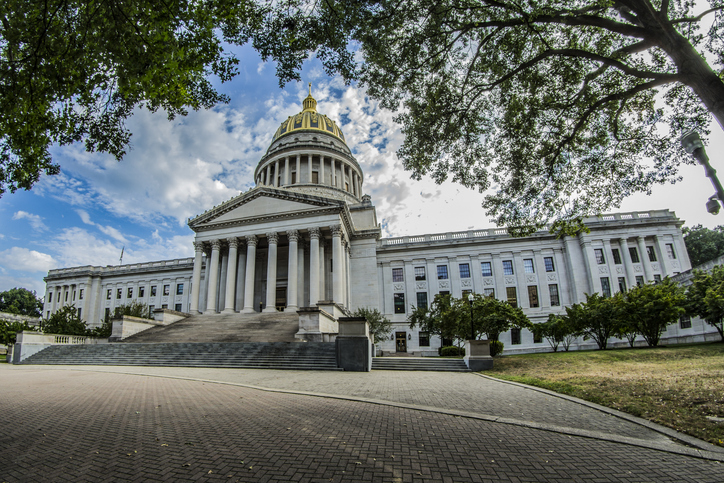The Importance of Black Ownership In The United States
My Trip To Charlottesville, Virginia Taught Me The Importance Of Black Ownership In America
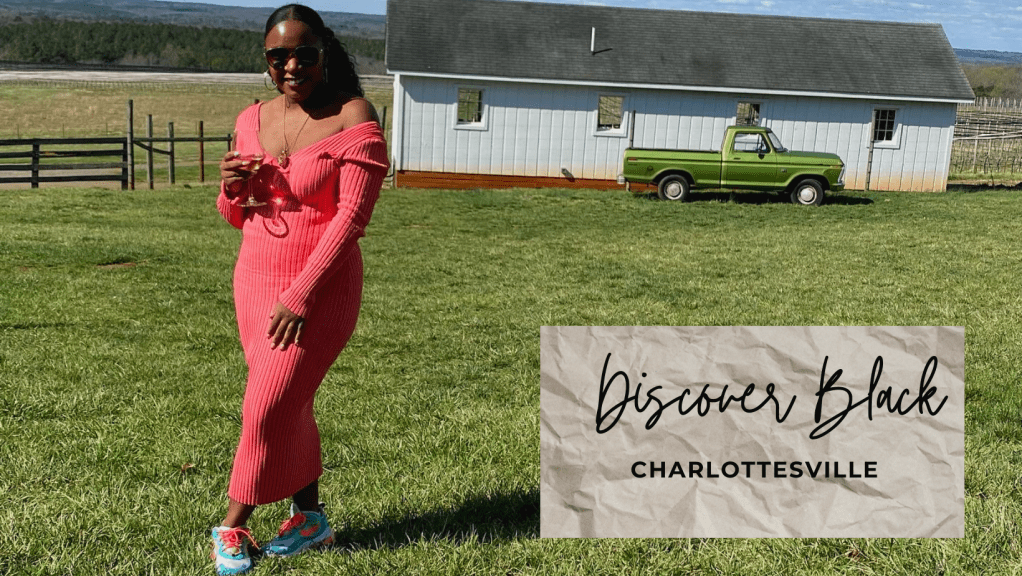
Source: Marsha B / Marsha B
As a native New Yorker, I always felt removed from the history of the South. Sure, books and the internet can educate you, but experience has always been my best teacher. When I was invited to visit Virginia for the launch of “Discover Black Charlottesville,” I had no idea what to expect. As I began to tell my friends about my upcoming trip, they reminded me of the incident that happened five years prior.
In August of 2017, white nationalists gathered for the “Unite the Right” rally to protest the city’s plans to remove the Robert E Lee statue. Counter-protesters found themselves in imminent danger when a 20-year-old Ohio man drove his car into a group of people, killing 32-year-old Heather Heyer, and injuring 19 people – five critically.
See photos here.
As the memories of the event resurfaced, I thought, “what did I just get myself into?”
With minimal expectations, I prepared for the unknown. And with a jaded perception of Virginia based on what the internet told me, I was open to allowing the weekend’s events to change my mind. Fortunately for me, the next couple of days would be informative, eye-opening, and inspiring. I met some really dope people, ate like a person who knew her food was already paid for, and experienced a wide range of emotions that encouraged me to dissect and understand my history.
My weekend was jam-packed with well-curated events that would take me all over the streets of Charlottesville. After communing with the other attendees over a hearty breakfast, we hit the road for a day of exploration.
Walking Tour of Downtown Charlottesville
During a walking tour of the Charlottesville area led by Dr. Andrea Douglass, I learned about the innovative history of our ancestors. Dr. Douglass is the Executive Director of the Jefferson School African American Heritage Center. She has an M.A. and P.h.D in art history from the University of Virginia and an M.B.A. in arts management and finance from Birmingham, NY. It was a privilege to tour the streets of Charlottesville with her as she explained the town’s very complex blueprint.
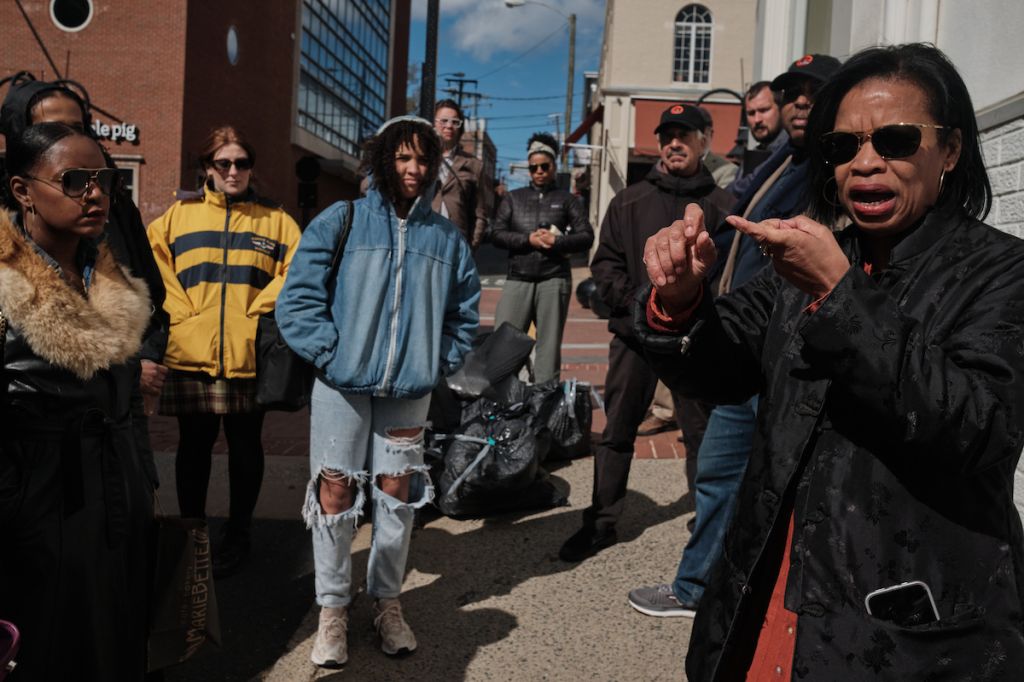
Source: Justin Ide / Justin Ide
Charlottesville, formerly known as Vinegar Hill, was populated with 53% enslaved and freed Black folks that lived amongst each other in the 1800s. The historic Black neighborhood became home to many African Americans following the Civil War. Thanks to the dustiness of the Jim Crow laws, segregation prohibited Black people to exist in the same spaces as Caucasians, thus encouraging African Americans to develop their own businesses. As Black ownership increased, their businesses were seized and taken by Caucasians. According to Google, 16% of Black people live in Charlottesville today. Some think the town has been tainted by its history and the events that happened five years ago, but if my weekend in the charming area taught me anything, it’s that Black ownership is on a slow but steady upward swing.

Source: Marsha B. / Marsha B.
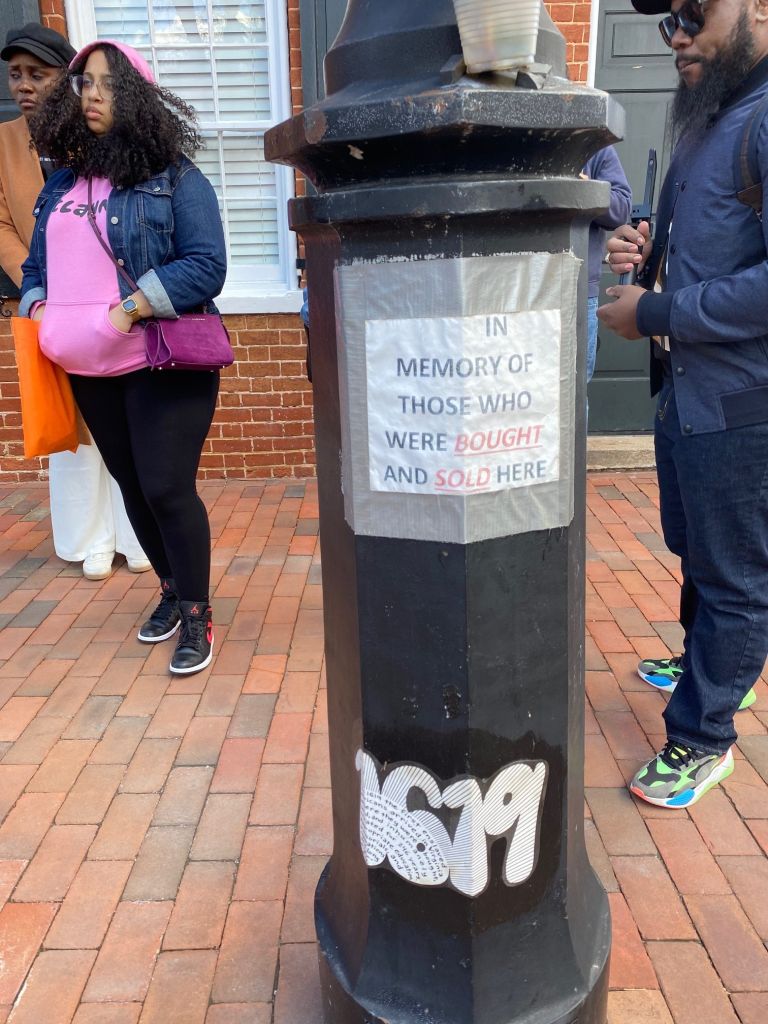
Source: Marsha B. / Marsha B.
The weekend’s goal was to educate me on the Black, inclusive, and accurate stories of Charlottesville, with an emphasis on Black ownership. Before my visit, I had never heard of the term “Black-run.” But to make up for the lack of Black-owned businesses, we patronized companies run predominately by Black people. I questioned the term all weekend, mainly because the walking tour taught me that enslaved people built the town of Charlottesville and owned real estate. In my eyes, Black ownership was an innate right to everyone, thanks to our ancestors. That idea was reinforced in my mind once I visited Thomas Jefferson’s plantation. We’ll get into that later.
Black Artisan Fair and Farmer’s Market

Source: Marsha B. / Marsha B.
My first stop in Cville was to the Ix Art Park for the Black Artisan Fair and Farmers Market. There were tons of vendors selling everything from children’s books to CBD products. Fresh eggs and chicken, check; Kombucha with a hint of THC, check; exquisite, hand-crafted jewelry from Kenya, check! The art park had it all, including a beautiful mural that would be unveiled later that day.
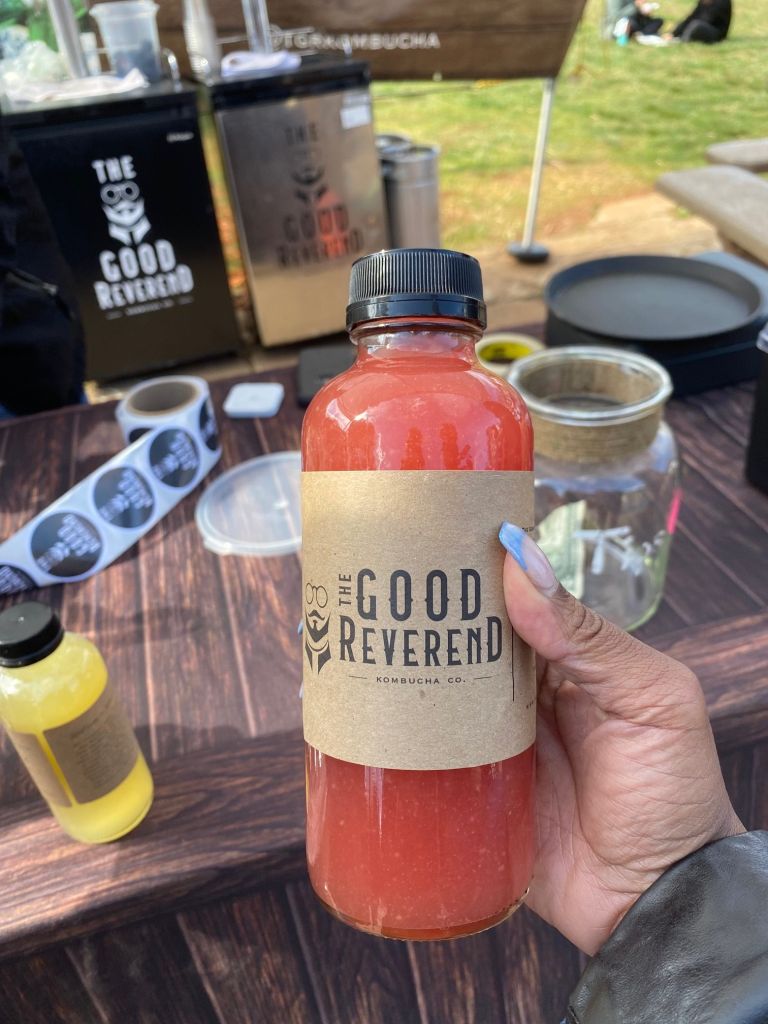
Source: Marsha B. / Marsha B.
Discover Black Cville Press Conference
After exploring the farmers market and taking a tour through the Looking Glass Art Exhibit, I prepared to watch the unveiling of the latest mural to hit the IX Art Park. Jae and Laura worked hard to bring this unifying vision together. The “Dreamin’ Queen” mural is modeled after Jae’s daughter, whom he thanks for being his muse.
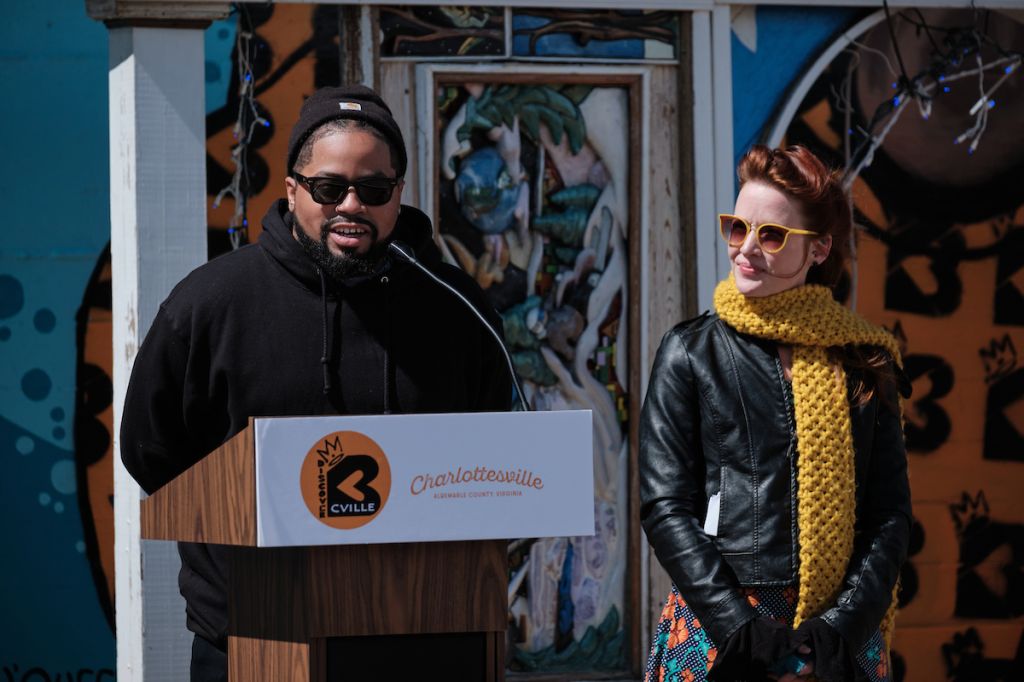
Source: Justin Ide / Justin Ide
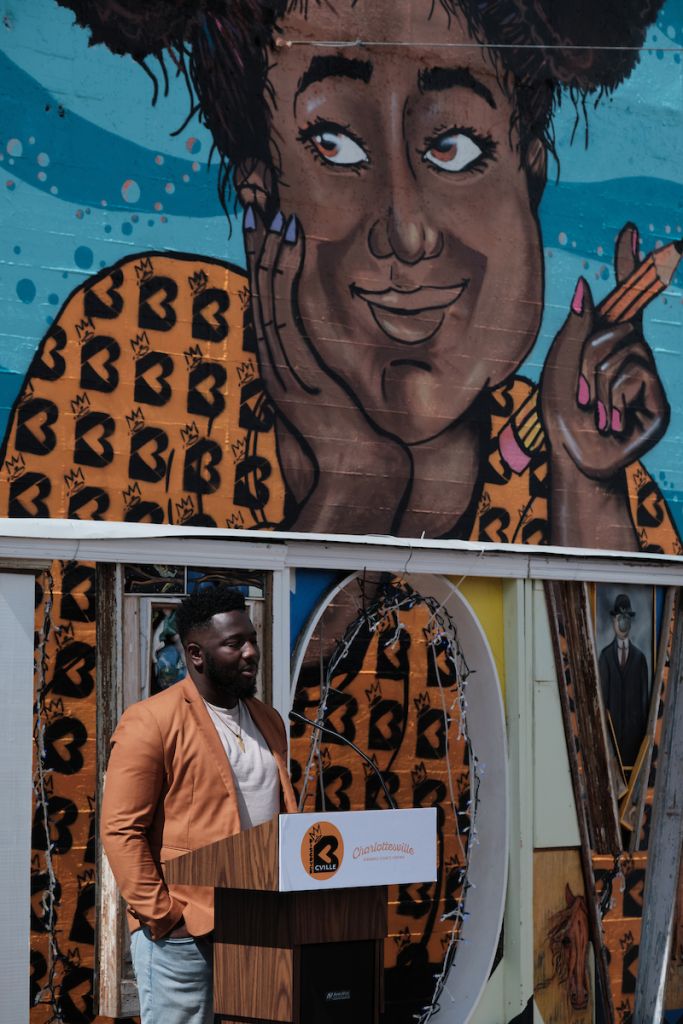
Source: Justin Ide / Justin Ide
Without the walking tour of Vinegar Hill, the mission of Discover Black Charlottesville would’ve been lost on me. Learning that Black people built the town and were thriving in ownership at one point in time put the farmers market and mural unveiling into perspective. Black people in Virginia have every right to reclaim their land via ownership. Thanks to Discover Black Cville, Black business owners are given extra visibility in a directory. There is also a mission to tell our stories and control our narrative on the history of Virginia. No matter how uncomfortable it makes some people feel, Charlottesville was built by enslaved people. Those who were free bought thriving businesses that were eventually taken from them.
Living in Brooklyn, I see Black-owned businesses popping up every day. I thought about ownership, whether it be a home or an actual company, as something I wanted to do for myself. Not because I’m Black, but because I want to have my own financial investment to pass down to my children. This trip shifted my perspective a bit. Every business built, whether brick and mortar or web-based, is crucial to the community because it allows us to reclaim what was rightfully ours.
It was a lot to unpack. And just when I thought I had processed all that I could, I spent the next day touring one of Thomas Jefferson’s plantations, Monticello.
Guided Tour of Thomas Jefferson’s Monticello
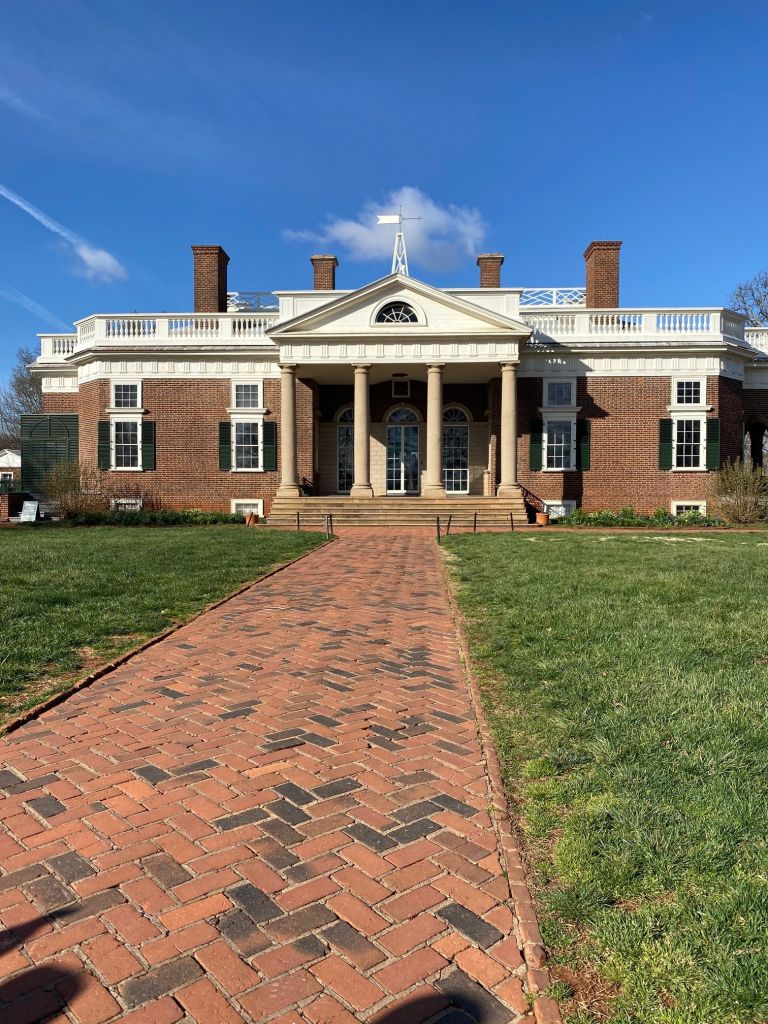
Source: Marsha B. / Marsha B.
Bright and early Sunday morning, I took a tour of Monticello, now a National Historic Landmark, but from 1770 to 1826, it was the home of Thomas Jefferson, the third President of the United States, author of the Declaration of Independence, and the founder of the University of Virginia.
Full disclosure, the first 10 minutes on the plantation, my immediate thoughts were, “I’ll burn all this shit down!” After watching a family of four – presumably a mother, father, brother, and sister – take a cheerful photo in front of Thomas Jefferson’s home, I realized that people visit this plantation for a variety of wacky reasons. If it weren’t for the perspectives of our tour guide, Brandon Dillard, Monticello’s Manager of Historic Interpretation, and Gayle Jessup White, the Public Relations & Community Engagement Officer at Monticello – and a direct descendent of Thomas Jefferson – I would’ve walked away with a missed opportunity to completely understand slavery during those times.
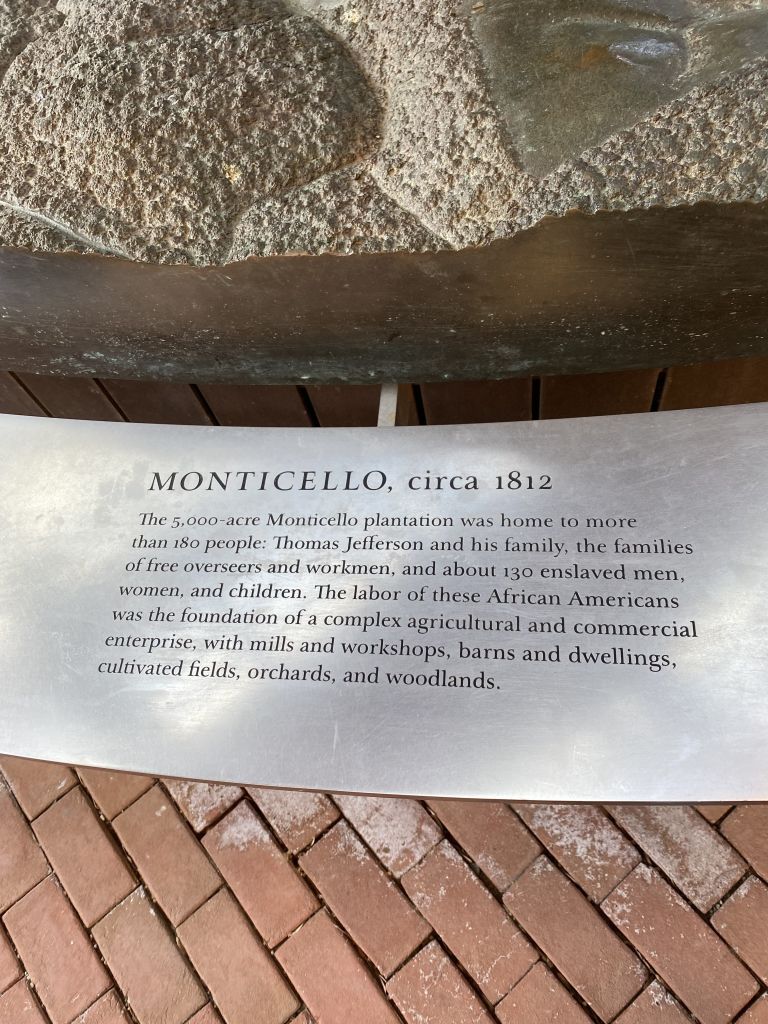
Source: Marsha B / Marsha B
Walking through the house, I learned about the Hemings family, who were enslaved on Thomas Jefferson’s plantation. The history of the Hemings family was complex and troubling. Jefferson inherited the family from his father-in-law John Wayles. Wayles had a daughter named Sally Hemings, and because he was also the father of Jefferson’s deceased wife Martha, that made Sally and Martha half-sisters. See? Complex AND troubling.
Hemings often took care of Jefferson’s daughter and was tasked to go to France to help bring her home. For a little over two years, at approximately 14, Hemings lived in France (where slavery was illegal) with Jefferson as a free woman and paid servant. By the age of 16, she began a sexual relationship with Jefferson that resulted in having six of his children. Only four survived. Hemings eventually negotiated her return to Virginia to resume her role as an enslaved person, as long as her children would become emancipated at the age of 21.
The relationship Jefferson had with Hemings was not unique to that plantation. Enslavers raped enslaved people often, creating biracial offspring that would soon become the new help on the plantation ground. Despite Jefferson’s reputation for publicly denouncing slavery, he enslaved over 600 people in his lifetime. Jefferson referred to slavery as “moral depravity” but also felt that Black people were unfit to care for themselves, thus tasking them with the responsibility to build and mind his home, build the University of Virginia, and ultimately develop the blueprint and architecture of America.
Whew, the audacity.
These stories made me sick to my stomach, but Gayle helped me change my perspective a bit. As we looked at the intricate details of the plantation, she reminded me that the Hemings family took great pride in the work they did because, despite their circumstances, this was their home. Before leaving Monticello, we walked to the back of the house to see the imprints of tiny fingers in the bricks. Can you imagine your 10-year-old daughter, son, niece, or nephew laying down the foundation to build a house?

Source: Justin Ide / Justin Ide
So, what do you do after spending an emotionally draining morning on TJ’s plantation? Drink wine!
Eastwood Farm and Winery
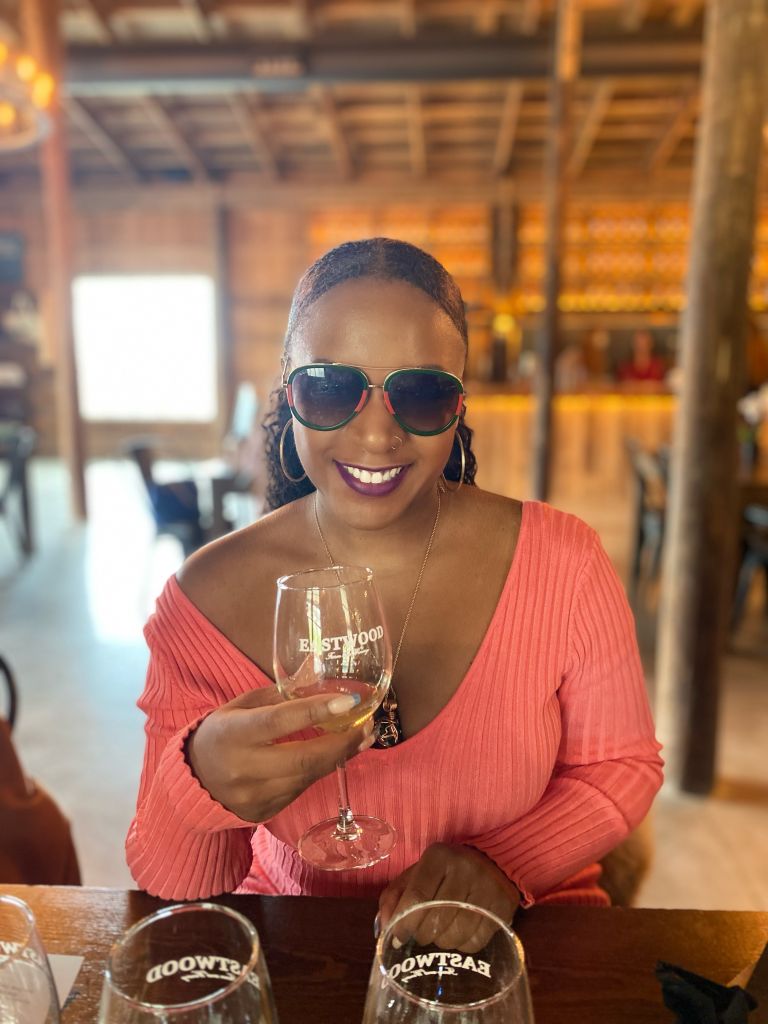
Source: Marsha B. / Marsha B.
After the plantation tour, we decided to decompress over lunch and wine at the Eastwood Farm and Winery. The woman-owned winery opened up during the pandemic. Located in the heart of Virginia’s Wine Country, we were in for a fantastic meal and even better wine.
Blenheim Vineyards
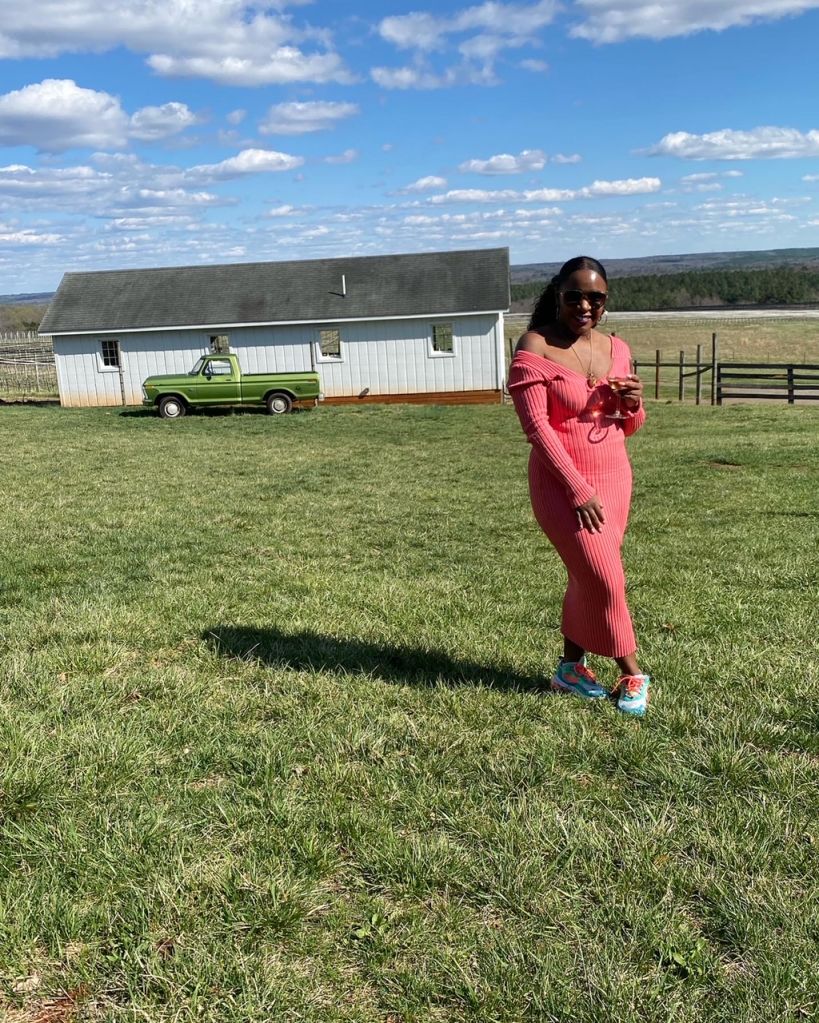
Source: Marsha B. / Marsha B.
The last stop on the tour was to Blenheim Vineyards. I’m not much of a drinker, but I really enjoyed myself on this enormous, quaint piece of land. Here I learned about this history of the vineyard, which was purchased by Dave Matthews of the Dave Mathews band.
I discovered a lot during my trip to Charlottesville. And while I was reluctant to visit the town with such a tainted history, I am glad I did. I left inspired to learn more about my ancestors and it reinforced my desire to own land somewhere on this big continent, built by enslaved women, men, and children. The mission of Discover Black Charlottesville is important for so many reasons. It’s time to take up space and reclaim our stories, redirect the narrative, and continue to be the leaders, innovators, artists and warriors we were created to be. I am forever inspired by the resilience of my ancestors.
Thanks for history lesson, Virginia!
SEE ALSO:
OP-ED: White America Should Stop Apologizing For Its Racism
A Record Number of Black Women Are Running in The 2022 Midterms. We Need to Elect Them.
My Trip To Charlottesville, Virginia Taught Me The Importance Of Black Ownership In America was originally published on hellobeautiful.com









